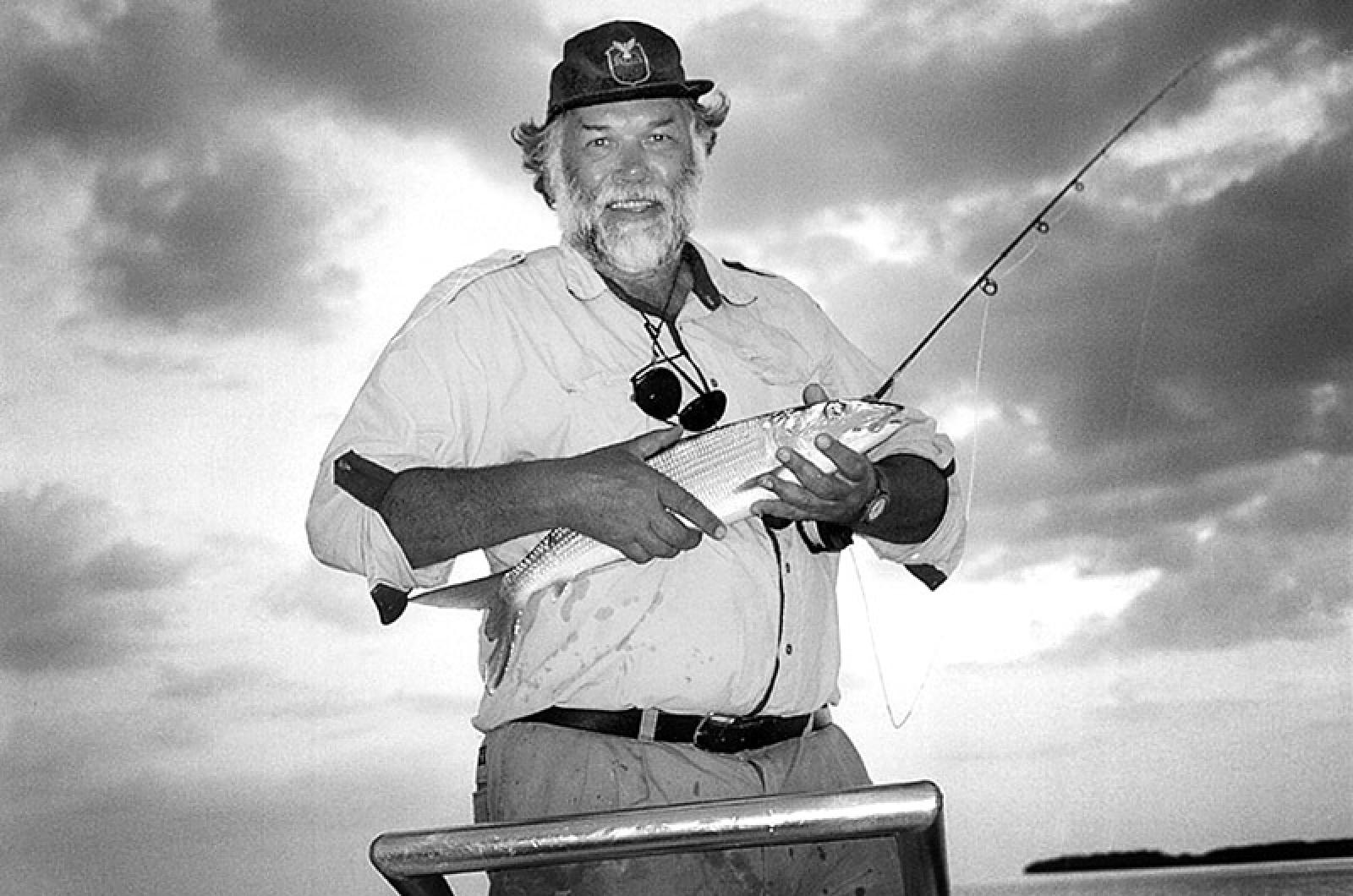The Kuehn’s Way affordable housing development is named in honor of Robert H. Kuehn Jr., a great friend, who passed away on June 15, 2006. I live in a home that Bob and I purchased together which he bequeathed to me when he died. As I read the story of the approval of Kuehn’s Way in last Friday’s Gazette, I could hear his gravely voice. “Finally,” he said.
I first met Bob in 1960 when we attended Yale together. He was a gangly boy from Minneapolis, unused to the ways of the eastern Ivy League, amiable and outgoing in a mid-western sort of way. We were friends for more than 45 years.
After Bob graduated from Yale College in 1964, he attended Yale’s school of architecture. Bob enjoyed designing buildings but soon realized that what ultimately gets built has less to do with the architect than with the whims of the moneyman, the developer. Combining this insight with a growing concern that suitable places to live be provided for all Americans, Bob decided to specialize in affordable housing.
In 1968, he earned a double degree: a master’s in urban studies and another in architecture. As his masters thesis project at Yale, Bob developed a computer program that analyzed the available subsidies for building affordable housing, a tool that helped developers finance housing developments that enhanced the public good. He designed this program at a time when personal computers were a distant dream, diligently learning the early clunky languages that were used to converse with huge mainframe machines attended by acolytes in air conditioned buildings. To learn the finesse of development, Bob spent his early years as a consultant to developers (First Realty of Boston being the most prominent) learning the trade first hand, before branching out on his own.
In 1969, Bob founded Keen Development Corporation and specialized in rehabbing and converting historic buildings to mixed-income housing. An inspiring example is Baker Chocolate Factory in Dorchester Lower Mills: 133 apartments at moderate rents that contributed significantly to the revitalization of the surrounding neighborhood. He was convinced that the life of any great town or city depended on the vitality that artists brought to their community, and so he helped create Fenway Studios, Midway studios and 300 Summer Street in Boston; Smith Lofts in Providence, R.I. and Kennedy Biscuit Lofts in Cambridge (the birthplace of the famous Fig Newton).
Among Bob’s most daunting projects was the renovation of one of Boston’s most infamous housing projects, Columbia Point. By 1985, Columbia Point had become a crime ridden no man’s land with only about 350 of the 1,500 apartments still occupied. Bob and two other partners renewed the devastated development to create a successful mixed-income community of 1,283 rental apartments called Harbor Point.
Bob first came to the Vineyard as my guest in 1960 and he returned often for visits until, in 1998, we purchased a home together in Harthaven. From that point on, the Vineyard was a favorite spot. He loved to fish the shoals off Wasque and the grounds on the eastern edge of the Island. He became a savant of smoking bluefish and striped bass.
On the Island, he quickly joined the efforts of prominent affordable housing advocates. He was a founding member of the non-profit Island Affordable Housing Development Corporation in 2001, which was transformed in 2004 into the Island Housing Trust Corporation. He played an active role in the formation of the Martha’s Vineyard Housing Bank Coalition and also was a board member and former vice president of the Island Affordable Housing Fund. As an architect of the Community Preservation Act, Bob’s vision has raised over $1.6 billion in community preservation funding in over 161 communities throughout Massachusetts creating 9,400 permanently affordable homes, 23,471 acres of protected open space, and over 4,000 historic preservation projects.
From 2002 to his death in 2006, Bob provided pro bono assistance to Bridge Housing Corporation in their efforts to build Bridge Commons, the predecessor to Kuehn’s Way; originally proposed as 30 homes on a 24-acre parcel of land on State Road in Vineyard Haven.
He also did a lot of fishing. The two of us shared a bass boat in which we forayed many times to the waters off Wasque. A few days before he died, we were fishing off Cape Pogue Light and we got into a mess of blues. Bob, with his usual luck, was pulling them in with almost every cast. I was a little unsettled by the fact that he was using a cheap plastic five-and-dime lure and a trolling rod, while I had a Gibbs popper and a fine steelhead casting rig and was getting nothing. We often vied with each other to see who would come back with the most fish and so I was surprised when he offered me his lure.
“Try this and when we have the same amount of fish aboard we’ll go in,” he said. Then he settled down for a smoke. You had to know how competitive he could be to understand how much of a gift that lure was.
A few days ago, as I put our boat away, I spoke with Bob as I removed three months of accumulated barnacles and grunge. I do not consider myself a spiritual man but I do converse with him often.
“Looks like your project will finally get built,” I told him.
“Hmmm, it does” he said in his gravely voice. “But don’t uncork the champagne until they break ground.”




Comments (5)
Comments
Comment policy »